If you’re a bird enthusiast, you might be familiar with the northern cardinal, but have you heard of the pyrrhuloxia?
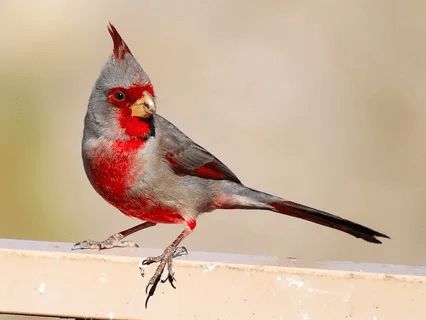
Also known as the southwestern desert cardinal, this bird is native to the southwestern United States and northern Mexico. While not as well-known as the northern cardinal, the pyrrhuloxia is just as striking and fascinating.
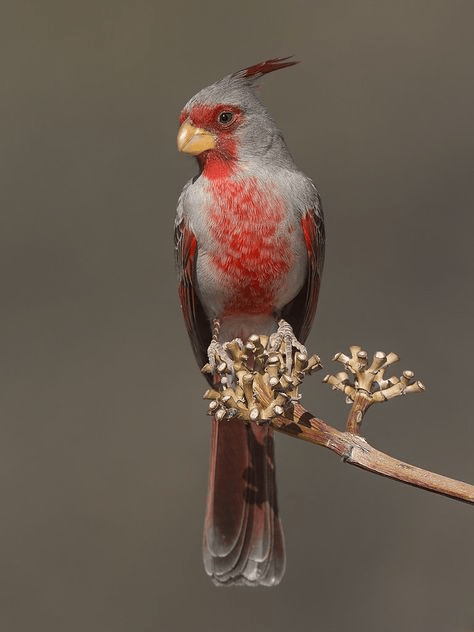
Appearance
At first glance, you might mistake a pyrrhuloxia for a northern cardinal, but upon closer inspection, you’ll notice some distinct differences.
Like the northern cardinal, the pyrrhuloxia has a cone-shaped bill, but the pyrrhuloxia’s bill is thicker and more curved, giving it a parrot-like appearance. In fact, the name pyrrhuloxia comes from the scientific names for bullfinches and crossbills, two bird species that also have unique bills.

The pyrrhuloxia has a slate gray body, and males have a bright red face and belly. Females have red highlights in their wings, tails, and crests.
Speaking of crests, the pyrrhuloxia has a long, thin, wispy crest that gives it a whimsical look.
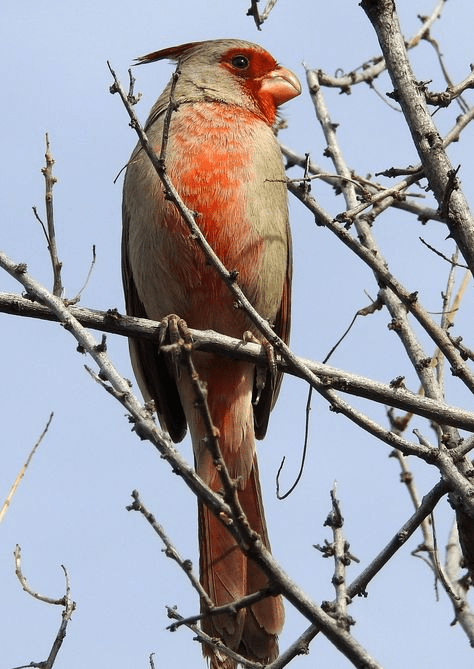
Habitat and Diet
The pyrrhuloxia’s natural habitat is the southwestern desert, where it can be found in arid and semi-arid areas with sparse vegetation, such as mesquite thickets and cactus patches.
They are also found in urban areas, where they feed on seeds and fruits from backyard bird feeders.
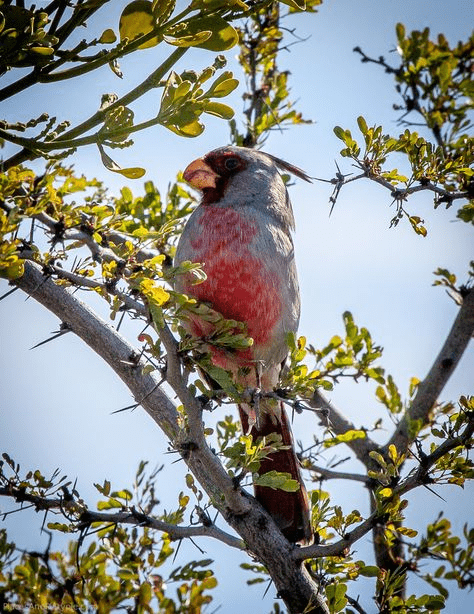
Pyrrhuloxias are omnivorous and have a varied diet that includes seeds, fruits, insects, and occasionally small reptiles and mammals.
They have adapted to their arid environment by being able to survive without drinking water, obtaining all the moisture they need from the food they eat.
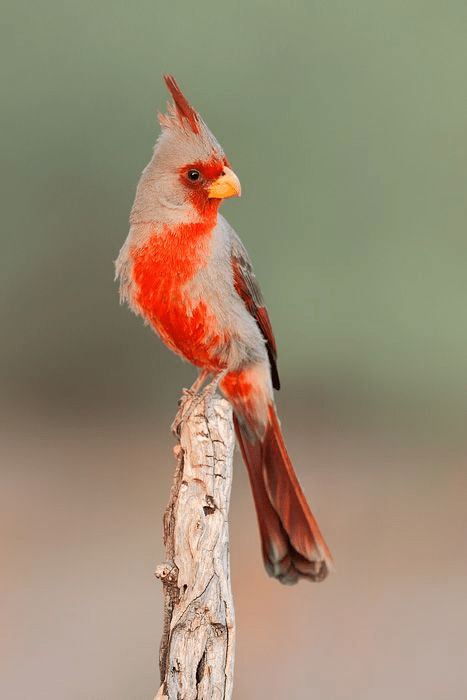
Behavior
Pyrrhuloxias are social birds and are often found in pairs or small groups. They communicate with each other through a variety of calls, including a whistle-like song that is often described as sounding like “wheep-wheep-wheep.”
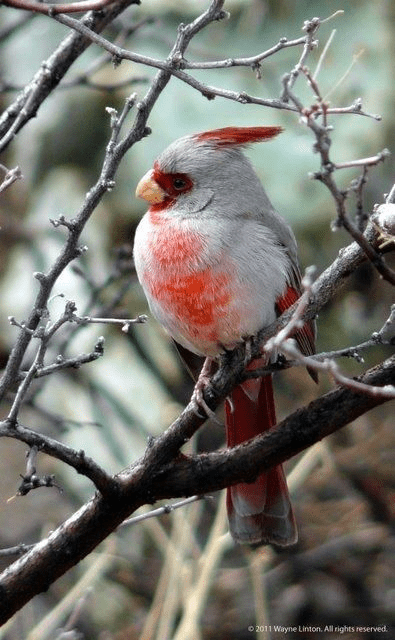
During breeding season, male pyrrhuloxias will defend their territory by singing and performing courtship displays. Once a female chooses a mate, they will build a nest together in a thorny shrub or tree.
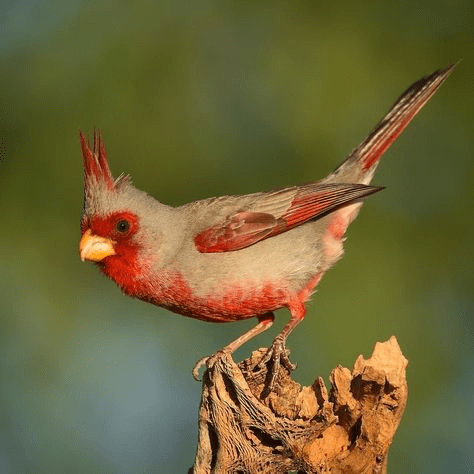
Conservation Status
Pyrrhuloxias are not considered threatened or endangered, but their populations have declined in some areas due to habitat loss and fragmentation.
The use of pesticides and herbicides in agricultural areas can also harm pyrrhuloxias and their food sources.
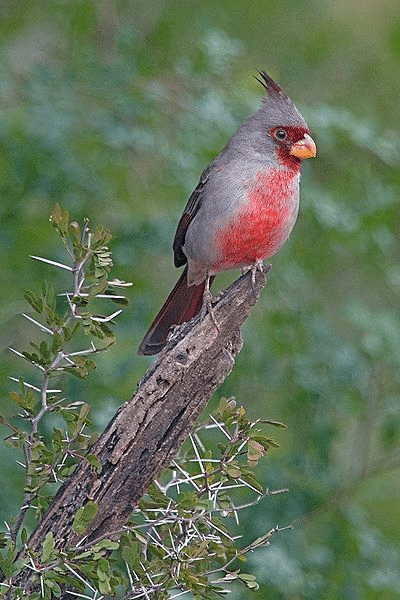
Conclusion
The pyrrhuloxia is a fascinating bird that is often overlooked in favor of its more famous cousin, the northern cardinal. With its parrot-like bill and whimsical crest, the pyrrhuloxia is a unique and striking bird that is well worth getting to know.